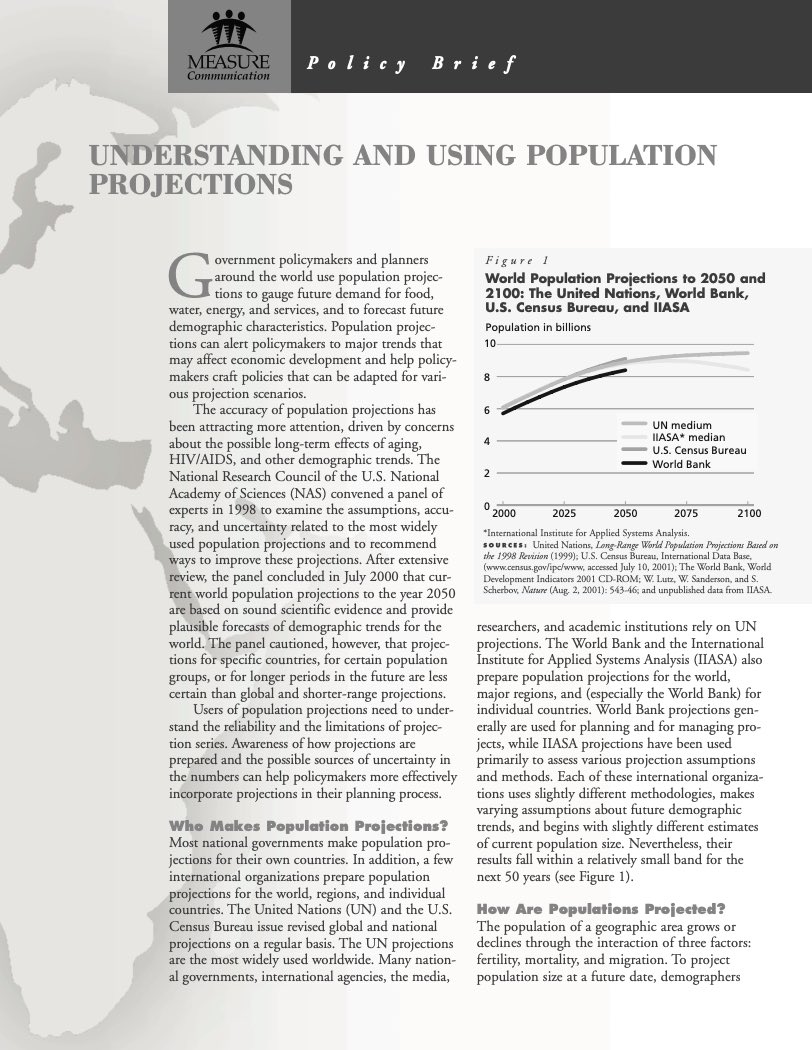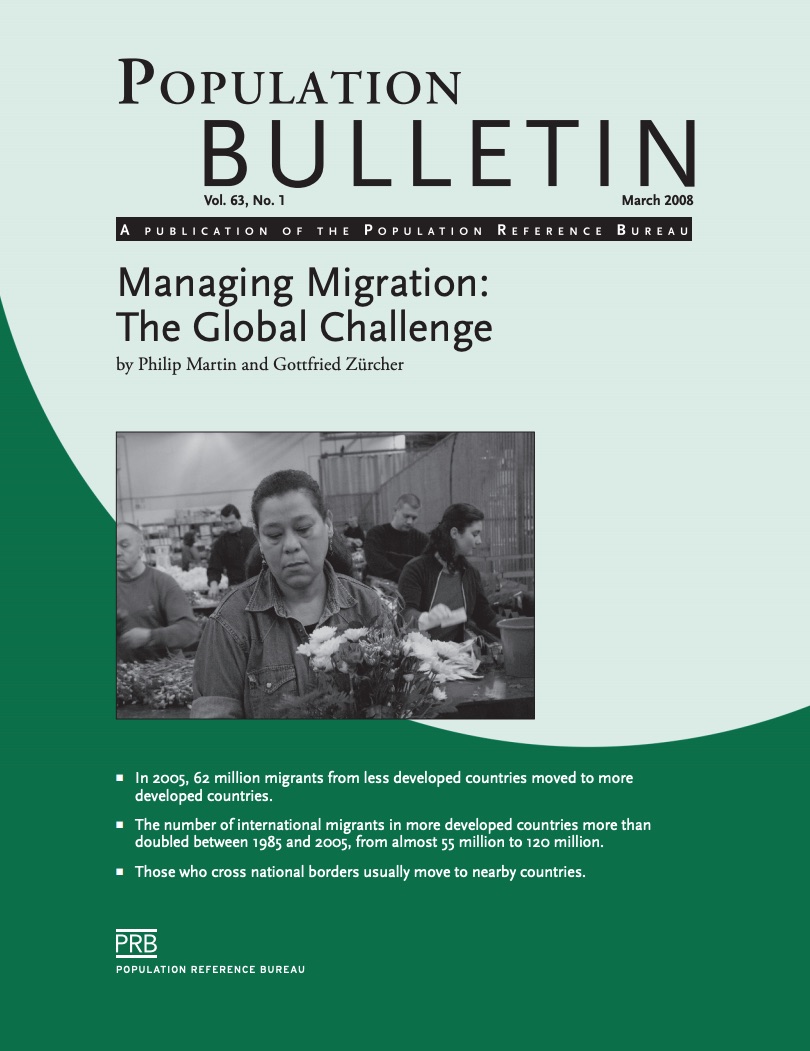488 Search Results Found For : "%E3%80%8C%EC%B1%84%ED%8C%85%EC%98%81%EC%83%81%E3%80%8D WWW%E0%BC%9DCHAT19%E0%BC%9DXYZ %EA%B0%95%EC%A0%9C%EB%85%80%EC%98%81%EC%83%81%ED%9B%84%EA%B8%B0 %EA%B0%95%EC%A0%9C%EB%85%80%EC%98%81%ED%99%94%E2%97%8F%EA%B0%95%EC%A0%9C%EB%85%80%EC%98%81%ED%99%94%EB%8B%A4%EC%8B%9C%EB%B3%B4%EA%B8%B0%E2%86%91%EA%B0%95%EC%A0%9C%EB%85%80%EC%98%81%ED%99%94%EB%B3%B4%EA%B8%B0%E3%88%84%E3%82%88%E5%B0%B8disconnection"

Project: Strengthening Evidence-Based Policy to Expand Access to Safe Abortion (SAFE ENGAGE)
The Democratic Republic of the Congo Leads the Way on Abortion Access: A Pathway for Reproductive Rights Advocates in Francophone Africa
Women in sub-Saharan Africa face the greatest risk globally for an unintended pregnancy to result in an unsafe abortion.

Understanding and Using Population Projections
Government policymakers and planners around the world use population projections to gauge future demand for food, water, energy, and services, and to forecast future demographic characteristics.

Get to Know PRB CEO Jennifer D. Sciubba
An internationally recognized expert in political demography, Jennifer has worked throughout her career to educate the broader public about the importance of population trends.

Managing Migration: The Global Challenge
(March 2008) The number of international migrants is at an all-time high. There were 191 million migrants in 2005, which means that 3 percent of the world's people left their country of birth or citizenship for a year or more.

Policy Brief: Understanding and Using Population Projections
Government policymakers and planners around the world use population projections to gauge future demand for food, water, energy, and services, and to forecast future demographic characteristics.

Continuity and Change in the U.S. Decennial Census
The first nation in the world to take a regular population census, the United States has been counting its population every 10 years since 1790—as required by the U.S. Constitution (Article I, Section 2).

